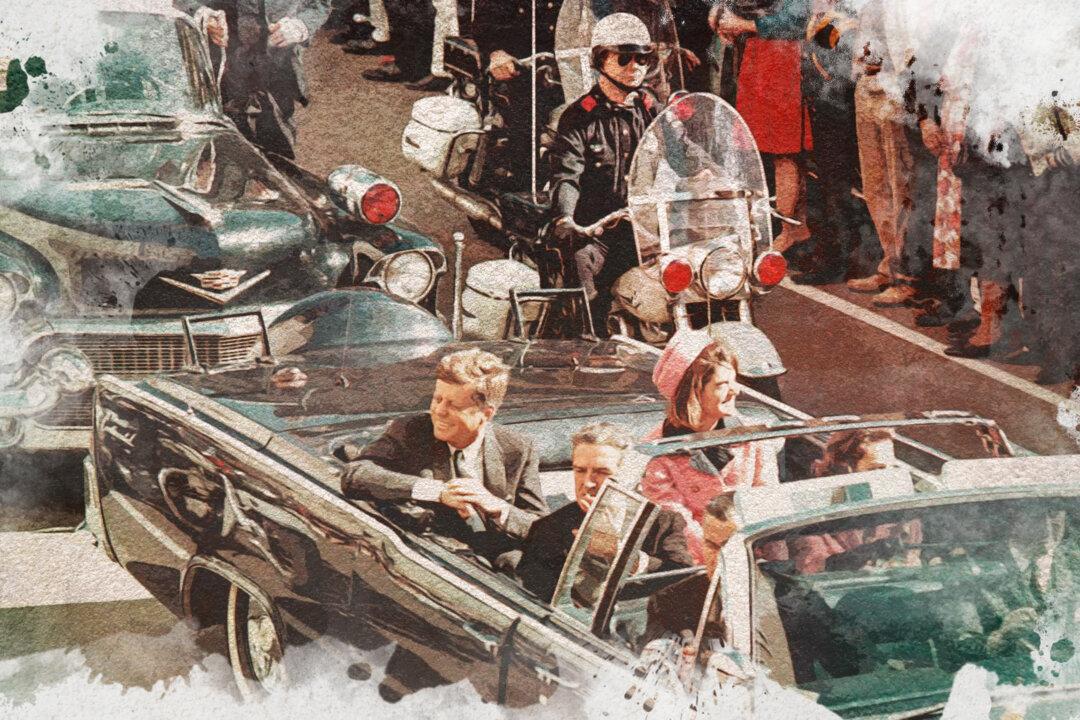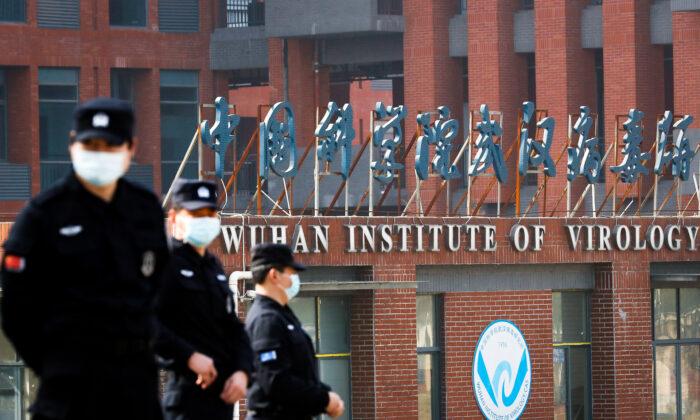Much attention has focused on a photograph attached to the DOJ’s filing. The photograph shows a number of documents marked “Top Secret” laid out on a carpet at Mar-a-Lago. The DOJ’s accompanying filing claims that the items in the photograph were recovered from the “45 office,” which it defines as “the former President’s office space at the Premises.”
Trump and his legal team have insisted that he declassified the documents in his possession and, therefore, it doesn’t matter what the markings on the papers are. The DOJ appears to have been prepared for that argument.
While the photograph was likely included in the filing for its PR value—evidenced by the fact that it’s currently on the front page of every news outlet—the DOJ’s real focus appears to be elsewhere, specifically on a grand jury subpoena dated May 11 and a certification signed by a Trump lawyer on June 3. Both of these documents are included in the new filing.

The subpoena demands that “Donald J. Trump and/or the Office of Donald J. Trump” hand over “any and all documents ... bearing classification markings, including but not limited to the following.”
The subpoena goes on to specify the various classification markings used by the U.S. government.
When Trump received the subpoena in May, he had two options. Comply or challenge the subpoena. He chose to comply. One of Trump’s lawyers, whose name has been redacted in the new filings, certified in June that “any and all responsive documents” had been handed over and that none were withheld.
It now appears that the statement was untrue, as many documents marked classified were still at Mar-a-Lago.
It bears repeating that the DOJ didn’t ask for classified documents but rather for documents that bear classification markings. Thus, the actual status of the documents is moot.
The certification by Trump’s attorney appears problematic in other regards as well. While the subpoena addresses documents held by Trump and his office, the certification only mentions Trump’s office. The certification also appears to attempt to narrow the scope of what should be handed over by using word games, for instance by referring to documents in “boxes” as opposed to documents generally. The problem for Trump’s attorneys is that all efforts at trying to create wiggle room are nullified by the statement that all “responsive documents” had been handed over.
A far bigger problem is that the use of lawyerese or word games—for instance, leaving out Trump himself and only referring to his office—could have immediately raised red flags at DOJ, practically begging for the matter to be investigated further.
There was no benefit from playing word games. It only invited further scrutiny. If Trump wasn’t willing or able to hand over all documents, his legal team should have challenged the subpoena.
Instead, they attested that all documents marked classified had been returned, when that appears not to have been the case. Notwithstanding that the DOJ photograph appears to show originals, some have argued that the documents retained were merely copies and that all original documents were returned. The problem with that argument is that Trump’s attorney also attested that no copies remained at Mar-a-Lago.
It may well turn out that the lawyer’s certification was the result of incompetence, a case of poor lawyering, and of the left hand not knowing what the right hand was doing. But to a DOJ that has already shown that it’s determined to get Trump, these arguments won’t hold sway.
It’s likely that the DOJ will now target Trump’s attorney to find out the details behind the certification. Who authorized the lawyer to sign the certification? Who told the lawyer to say that everything had been handed over? Did anyone tell the attorney to lie?
The bottom line is that a lawyer for Trump might have walked into a perjury trap by attesting to something that wasn’t true. In the first instance, this is a problem for the lawyer. But it may become Trump’s problem if the lawyer implicates him, truthfully or not, as we have already seen happen in the case of Michael Cohen, Trump’s former attorney.







